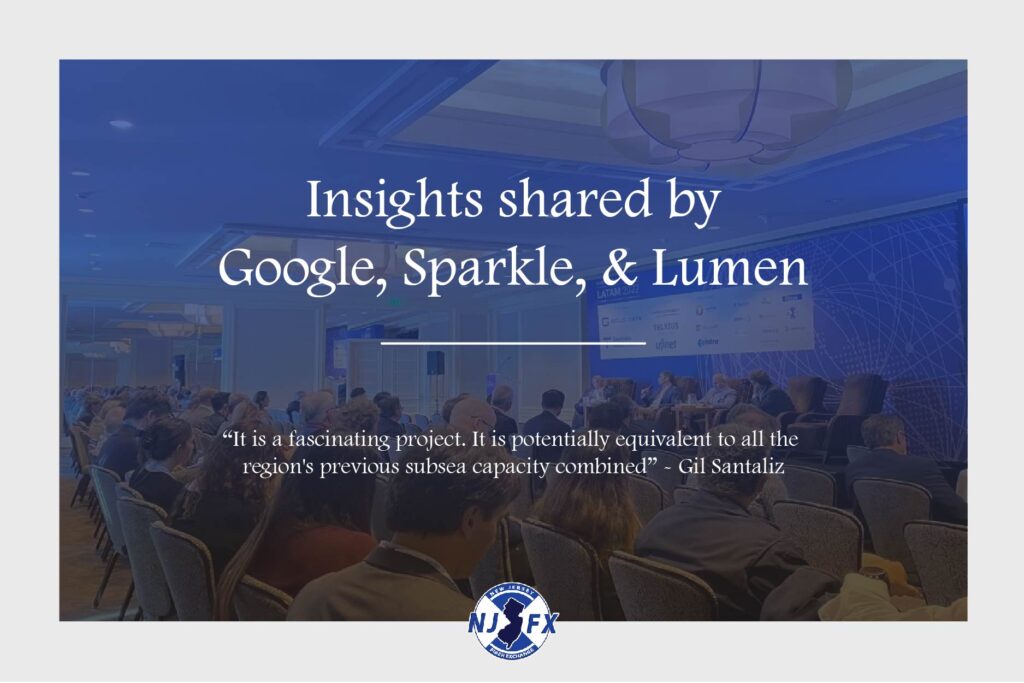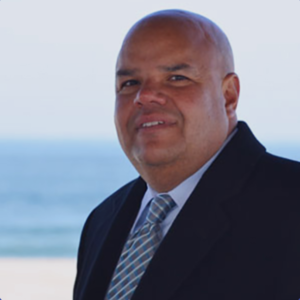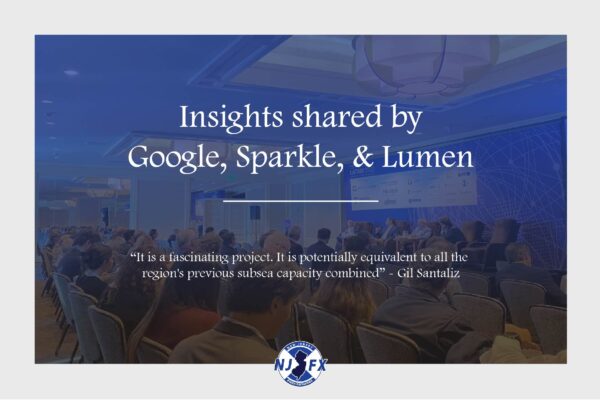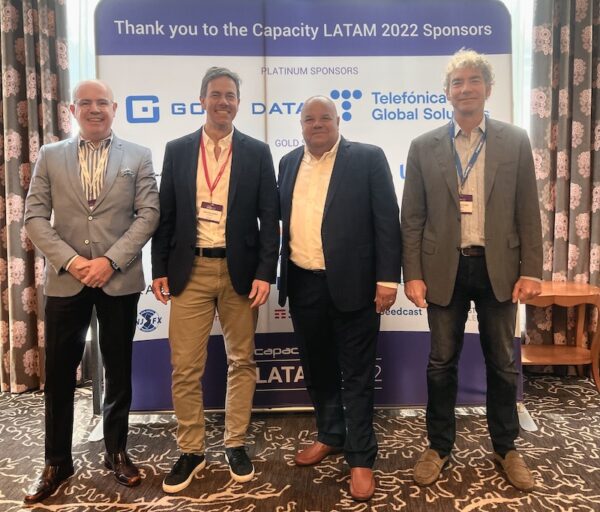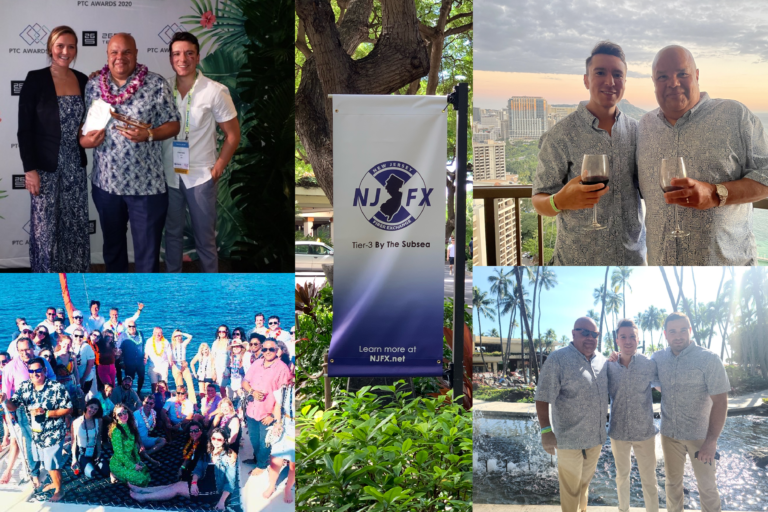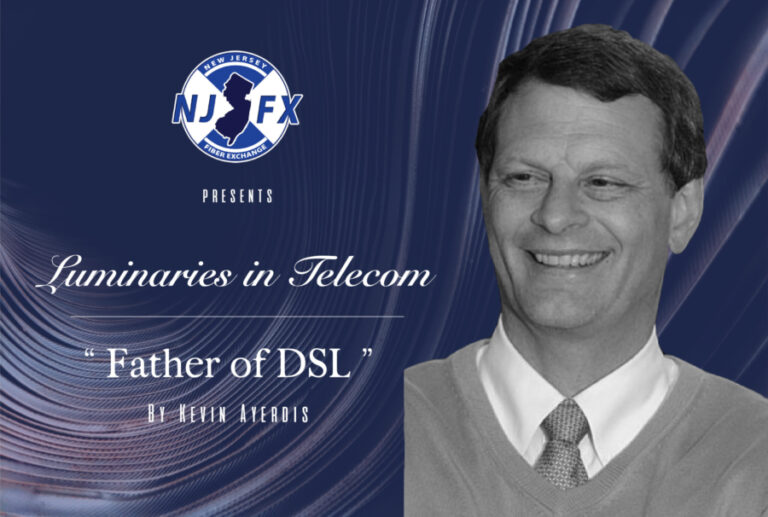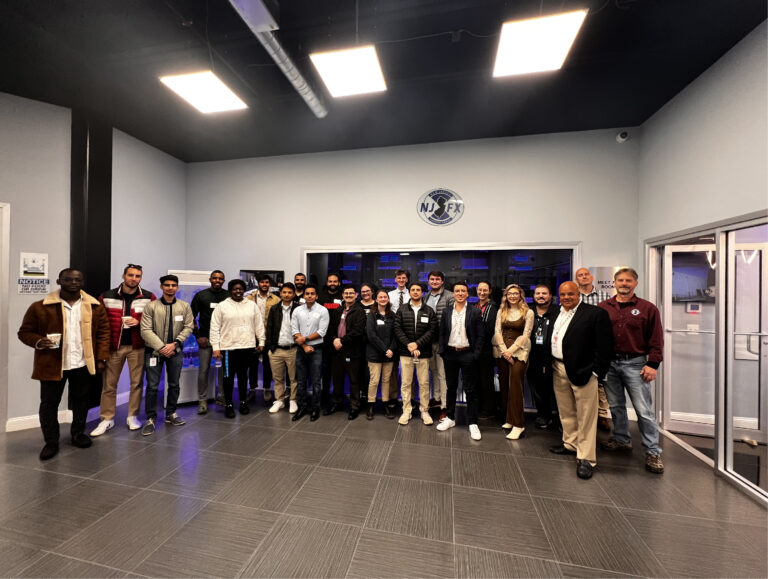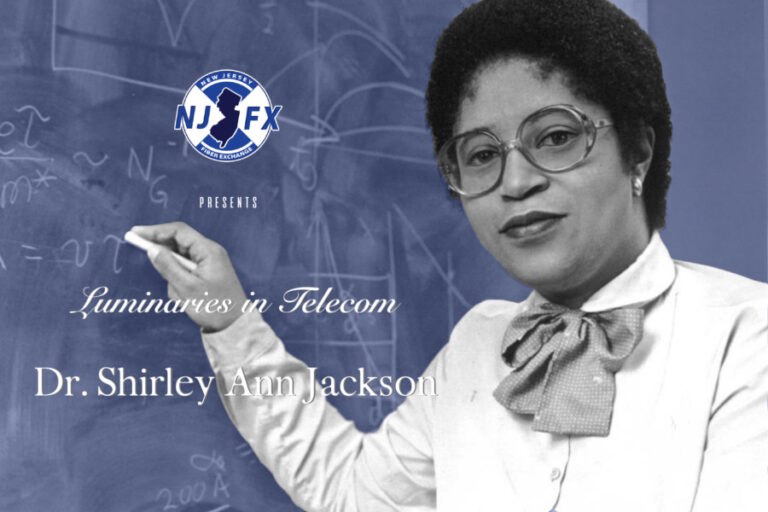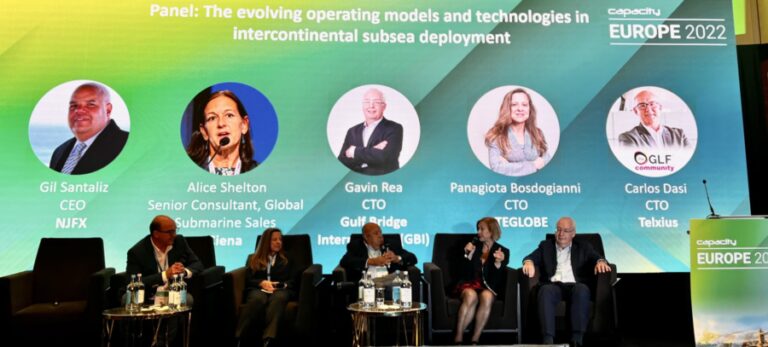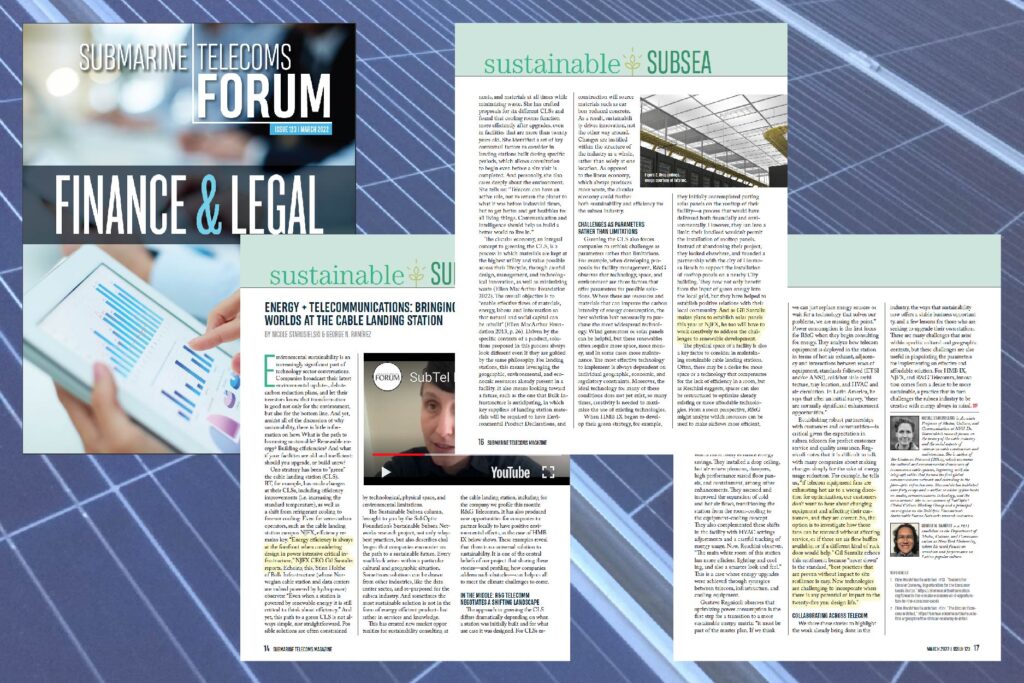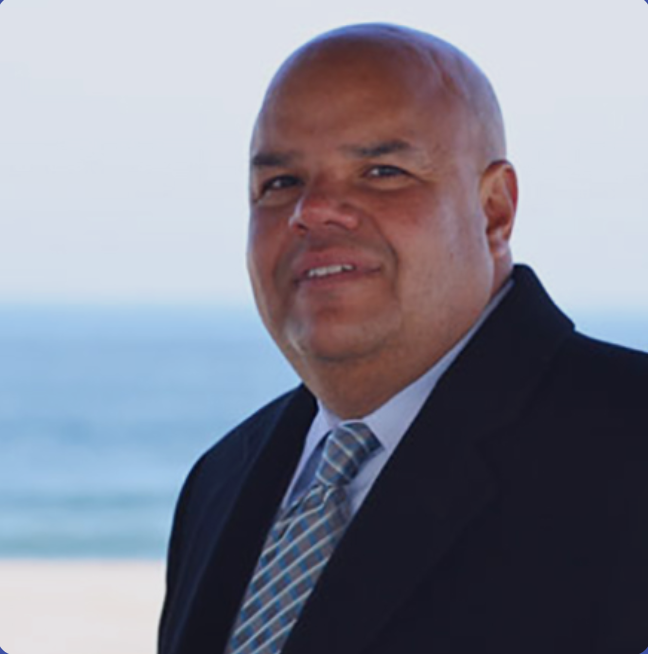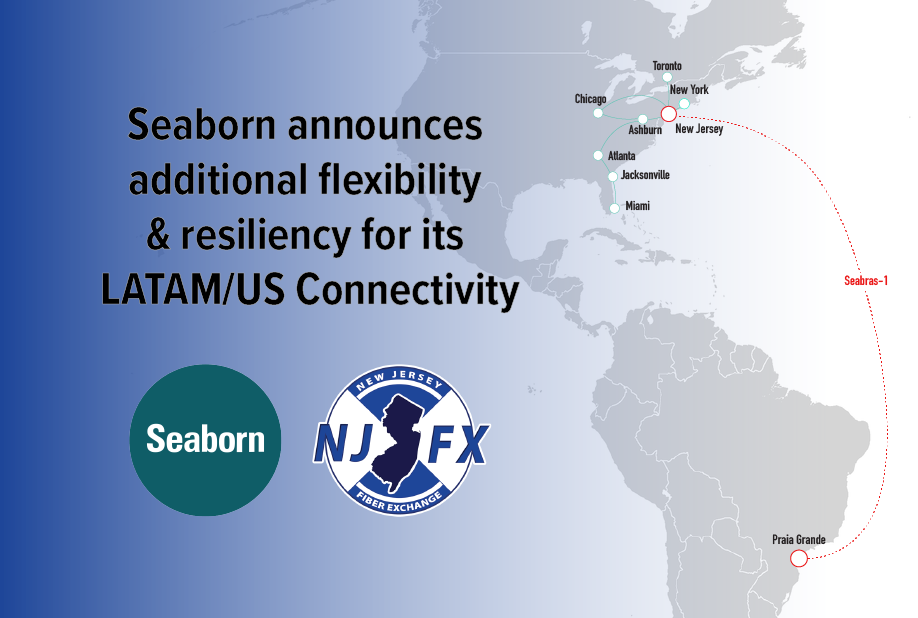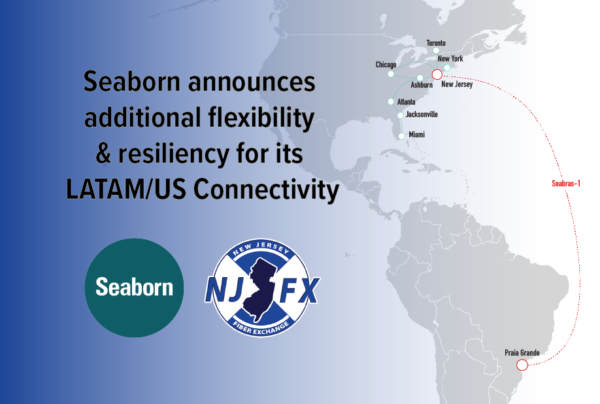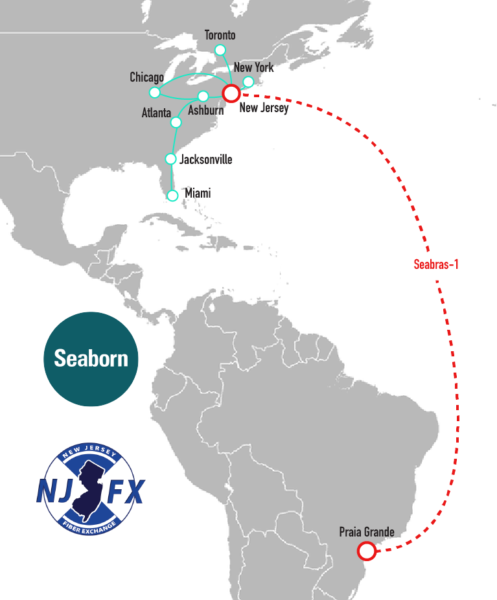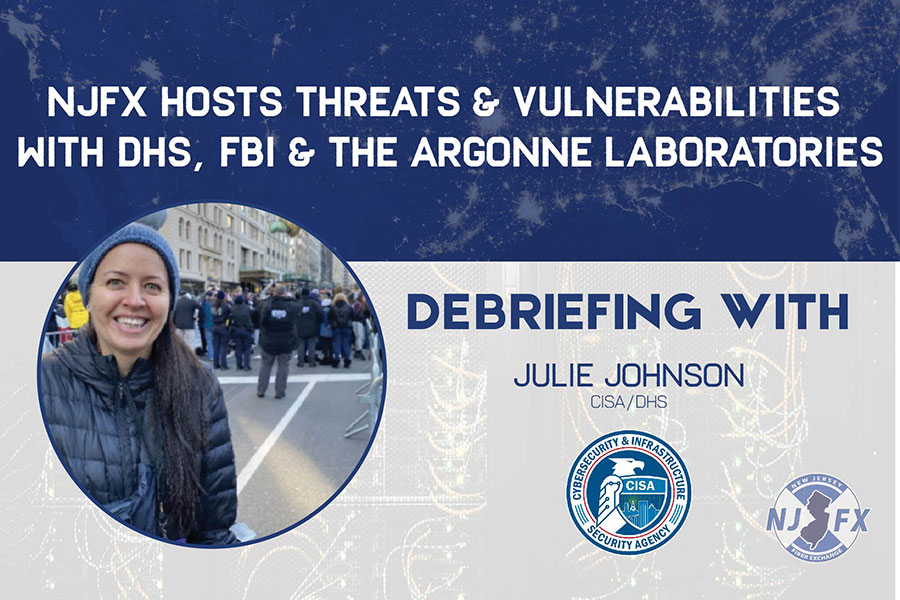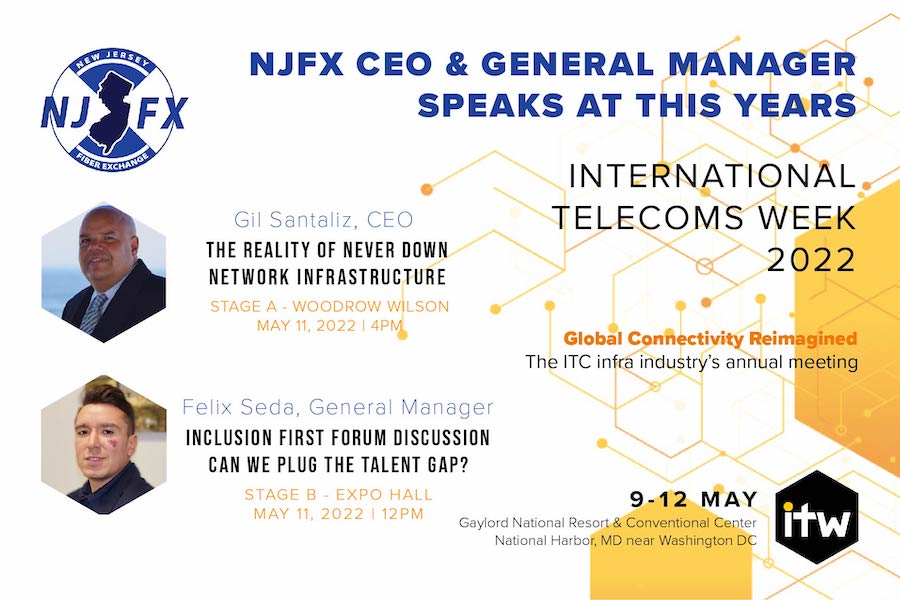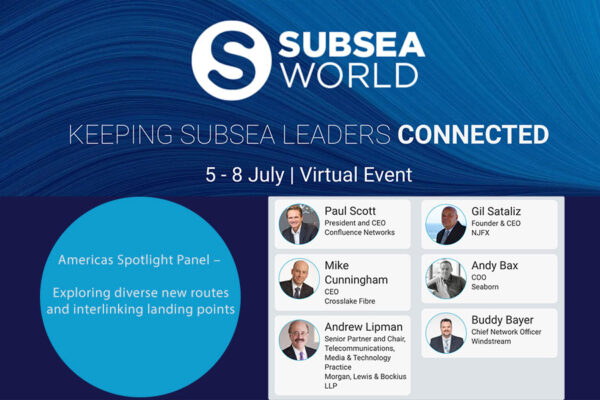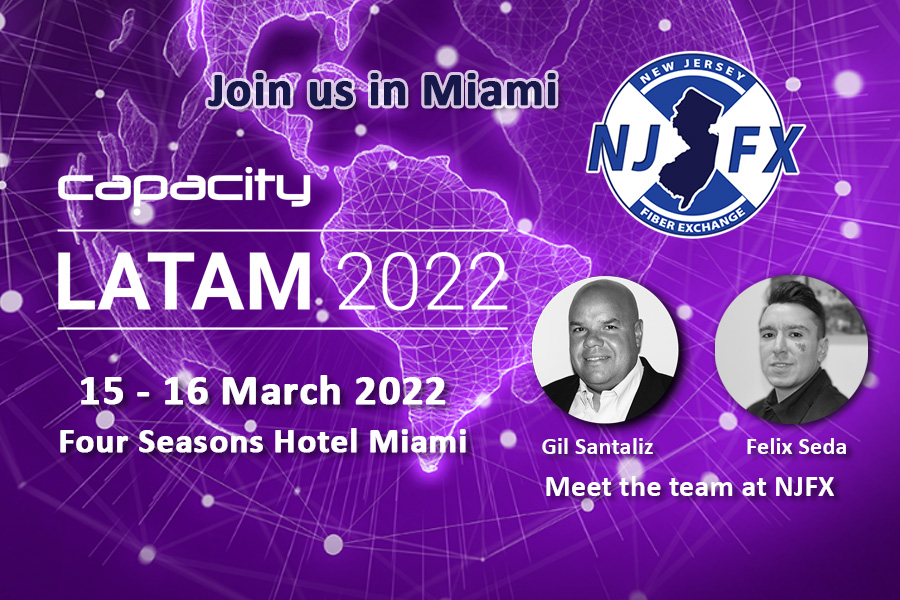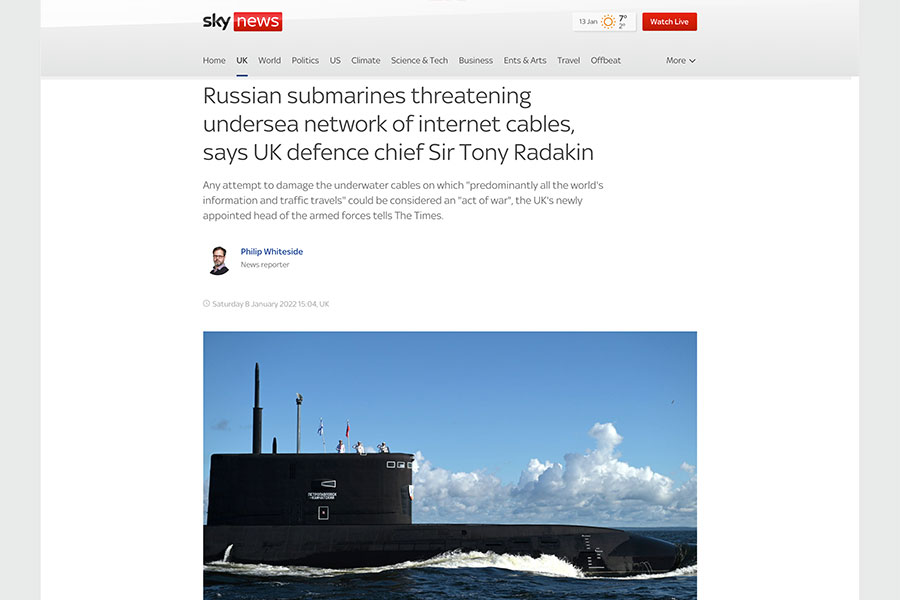NJFX Hires Emily Newman
NJFX Hires Emily Newman
Emily Newman
Marketing & PR Manager
April 1, 2022

Wall Township, NJ – NJFX announces Emily Newman as our in-house Marketing and Public Relations Coordinator. Previously, she worked with various clients on projects that span from digital marketing, graphic design, and web development.
We are thrilled to have Ms. Newman’s fresh perspective and her creative approach to connecting with our community of network operators. We took our time in finding the right fit for someone to join our team with a combination of enthusiasm, professionalism, and polish to represent our brand at NJFX said Gil Santaliz, CEO of NJFX.
The entire team at NJFX is excited to accompany Emily Newman on the journey to learn the dynamic subsea industry and build a powerful foundation for her and other young women in the infrastructure space. It was only 7 years ago when I transitioned from the Financial Services industry to NJFX and I see the passion Emily brings to our team and desire to be part of our industry, shared Felix Seda our GM. Felix has been a leader in our industry for Diversity and Inclusion and getting the next generation ready for new leadership roles recognized by his participation with PTC and the Suboptic in these efforts.
Ms. Newman graduated from Wagner College in Staten Island with a degree in Arts Administration and Marketing. She credits her studies with sparking her interest in digital media and marketing which led her to NJFX.
“I am always looking for new challenges to educate myself on topics I am not familiar with,” Ms. Newman talks about how the telecommunication industry is a new and exciting venture she looks forward to exploring.
The move from web development to public relations has proven to be exciting for Ms. Newman. “In web development, it is normally me working alone with little communication. However, in the subsea industry, there is a huge emphasis on networking, continuous partnerships, and opportunities to learn from industry leaders.”
“As a young woman, I find this to be a massive motivator than a challenge to learn quickly from others and stand out as a leader in a male dominated field,” Ms. Newman explains how being a woman often makes her a minority in many of these conferences and at the office.
Ms. Newman has traveled with NJFX to Capacity LATAM and met many prominent women in the telecom industry and will use future opportunities to develop professional and personal relationships.
Say hello to Emily Newman at ITW, May 9 – 12, in Washington, DC.
###
About NJFX:
NJFX is a Tier 3 Carrier Neutral Cable Landing Station campus. Our colocation ecosystem has expanded to over 35 network operators offering flexibility, reliability, and security. Our Wall, NJ location provides direct access to multiple subsea cable systems giving our carriers diverse connectivity solutions and offers direct interconnection without recurring cross-connect fees.
More In the News
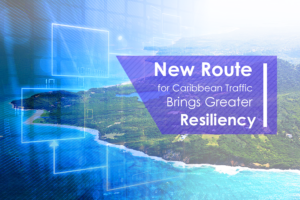
New Route for Caribbean Traffic Brings Greater Resiliency
New Route for Caribbean Traffic Brings Greater Resiliency See the original article at SubCableWorld June 22, 2018 Editor’s Note: As we have learned over the years,

Windstream Wholesale Bolsters Fiber Transport Network at NJFX
Windstream Wholesale Bolsters Fiber Transport Network at NJFX Windstream Wholesale is fortifying its fiber transport network at NJFX’s Tier 3 carrier-neutral colocation campus, located at the cable
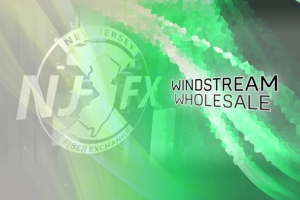
Innovation at Lightning Speed – Connectivity MUST Keep Pace
Innovation at Lightning Speed – Connectivity MUST Keep Pace June 14, 2018 Windstream Wholesale is fortifying its fiber transport network at NJFX’s Tier 3 carrier-neutral colocation campus,
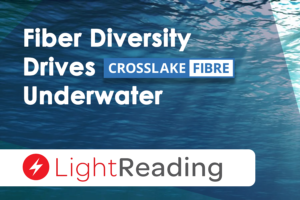
Fiber Diversity Drives Crosslake Underwater
Fiber Diversity Drives Crosslake Underwater See the original article at Lightreading Here June 8, 2018 The explosion in demand for diverse sources of bandwidth is fueling

Interconnections & the Escape From New York
Interconnections & the Escape From New York Gil Santaliz CEO See the original article by Carol Wilson here at Light Reading July 22, 2022 CHICAGO –

Telecom Re-Imagined: Sparkle’s Innovative Subsea Solution w/ Support of NJFX
Telecom Re-Imagined: Sparkle’s Innovative Subsea Solution w/ Support of NJFX Ryan Imkemeier Explains the Importance of Equipment Maintenance, Vendor Relationships, Electrical Distribution & Managing the
NJFX Hires Emily Newman Read More »

